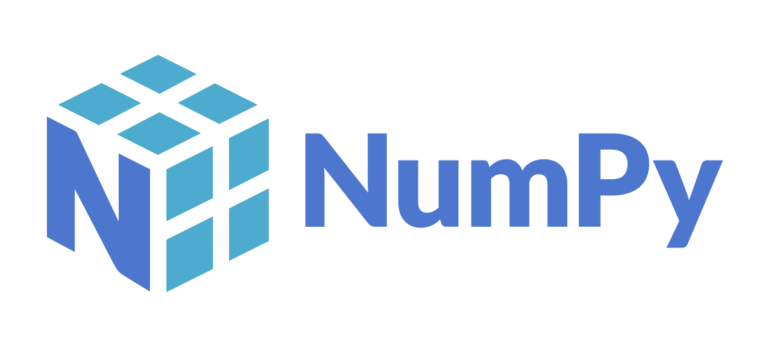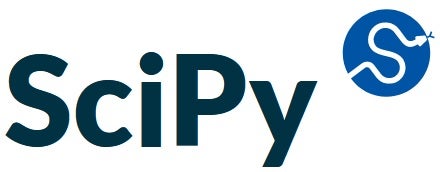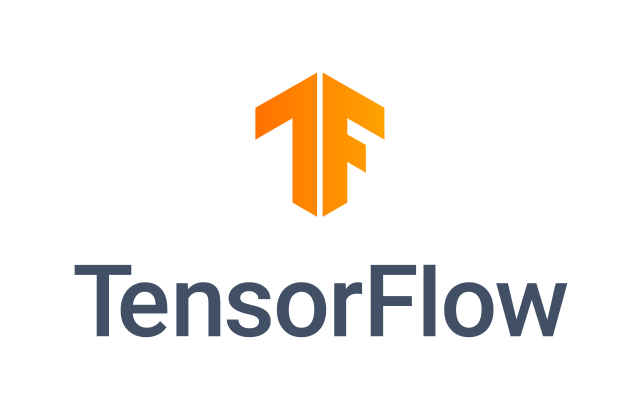
Learn about some of the best Python libraries for programming Artificial Intelligence (AI), Machine Learning (ML), and Deep Learning (DL).
A lot of software developers are drawn to Python due to its vast collection of open-source libraries. Lately, there have been a lot of libraries cropping up in the realm of Machine Learning (ML) and Artificial Intelligence (AI). These libraries can be readily employed by programmers of all levels for tasks in data science, image and data manipulation, and much more. This programming tutorial will shed some light on why Python is the preferred language for Machine Learning and AI as well as list some of the best ML and AI libraries to choose from.
Lead developer for Numerical Python and Pyfort, Paul Dubois, once stated that “Python is the most powerful language you can still read.”. Other qualities that have helped propel Python to its current station is its versatility and flexibility, which allows Python to be used alongside other programming languages when needed, including powerhouses like Java and C#. On top of that, Python can operate on nearly all OS and platforms on the market.
That might explain Python’s enduring popularity among developers, but why are so many of them choosing Python to work with ML and AI libraries? For starters, the sheer number of ML and AI libraries that are available means that developers can count on finding one for whatever problem needs solving. Moreover, being an Object-oriented programming (OOP) language, Python lends itself particularly well to efficient data use and manipulation.
Here are a few more reasons why Python is among the top programming languages for Machine Learning, Deep Learning, and Artificial Intelligence:
Now that we have discussed why Python is one of the top programming languages, the rest of this article will present some of best python libraries for Machine Learning and AI.
SEE: How to become a Machine Learning Engineer cheat sheet
Formerly known as “Numeric”, NumPy was the brainchild of Jim Hugunin, along with contributions from several other developers. In 2005, NumPy was officially born when Travis Oliphant incorporated features of the competing Numarray into Numeric, with extensive modifications. Today, NumPy is completely open-source and has many contributors. It is also widely regarded as the best Python library for Machine Learning and AI.
NumPy is mostly utilized by data scientists to perform a variety of mathematical operations on large, multi-dimensional arrays and matrices. NumPy arrays require far less storage area than other Python lists, and they are faster and more convenient to use, making it a great option to increase the performance of Machine Learning models without too much work. Another attractive feature is that NumPy has tools for integrating C, C++, and Fortran code.
Some of NumPy’s other features that make it popular amongst the scientific community include:

NumPy (see above) is so popular that several libraries are based on it, including SciPy. Like its inspiration, SciPy is also a free, and open-source library. SciPy is geared towards large data sets, as well as the performing of scientific and technical computing against those data sets. SciPy also comes with embedded modules for array optimization and linear algebra, just like NumPy. Playing a key role in scientific analysis and engineering, SciPy has grown to become one of the foundational Python libraries.
The allure of SciPy is that it takes all of NumPy’s functions and turns them into user-friendly, scientific tools. As such, it is often used for image manipulation and provides basic processing features for high-level, non-scientific mathematical functions.
The main features of SciPy include:

TensorFlow is a free and open source library that is available for Python, JavaScript, C++, and Java. This flexibility lends itself to a wide range of applications in many different sectors. Developed by the Google Brain team for internal Google use in research and production, the initial version was released under the Apache License 2.0 in 2015. Google released the updated version of TensorFlow, named TensorFlow 2.0, in September 2019.
Although TensorFlow can be used for a range of tasks, it’s particularly adept at the training and inference of deep neural networks. Using TensorFlow, developers can create and train ML models on not just computers but also mobile devices and servers by using TensorFlow Lite and TensorFlow Serving. These alternatives offer the same benefits but for mobile platforms and high-performance servers.
Some of the areas in ML and DL where TensorFlow excels are:
This tutorial shed some light on why Python is the preferred language for Machine Learning and AI and listed some of the best ML and AI libraries to choose from, including TensorFlow, SciPy, and NumPy. We will be adding to this list in the coming weeks so be sure to check back often.
SEE: Learn how to build AI powered software